The Invention of the First Folding Pocket Knife: A Cut Through History
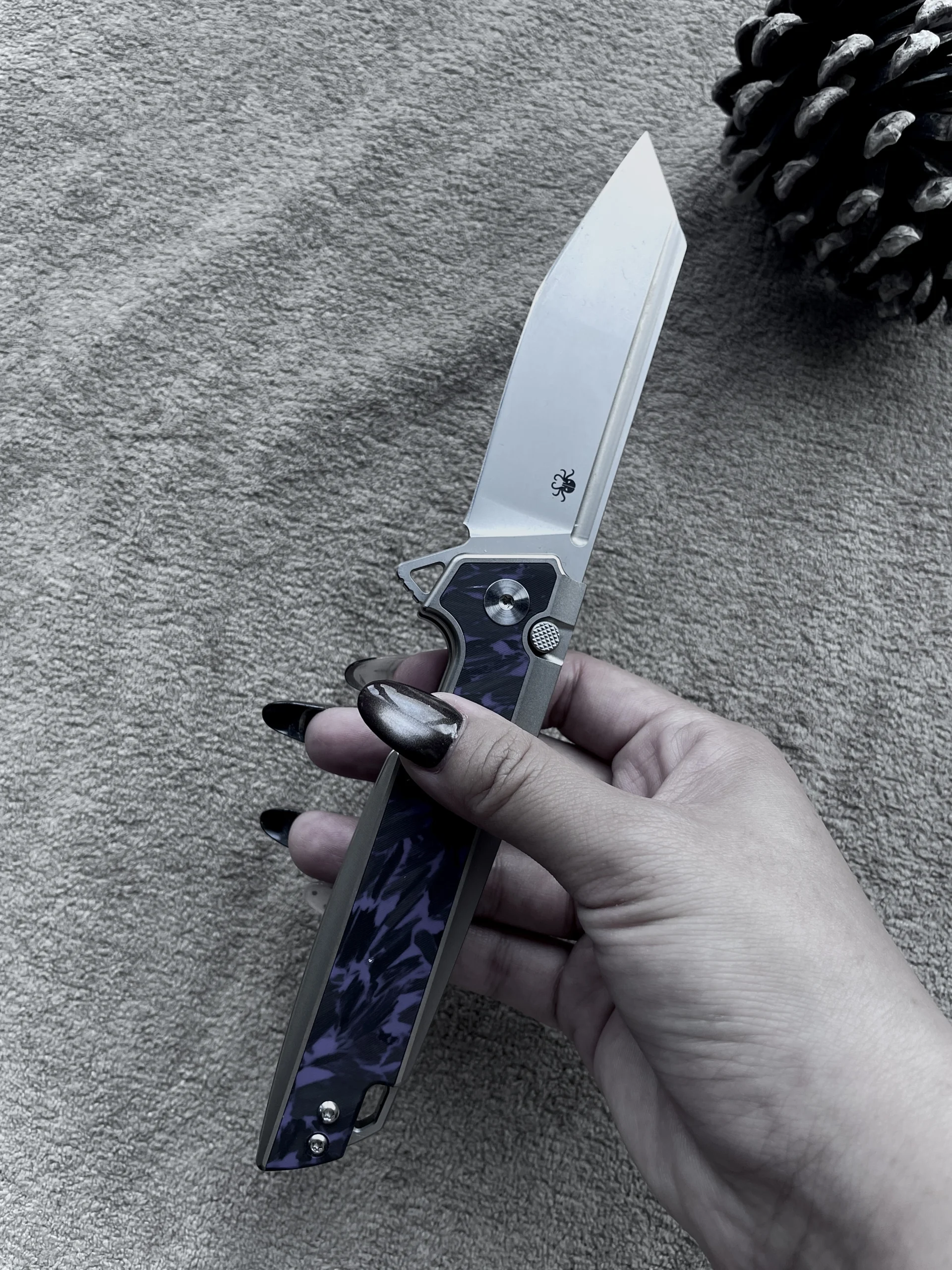
The folding pocket knife stands as one of humanity’s most enduring and practical inventions, combining portability with utility in a design that has remained fundamentally unchanged for millennia. While pinpointing the exact origin of the first folding pocket knife proves challenging due to the scant archaeological record of early cutlery, evidence suggests this ingenious tool first appeared during the Iron Age, with the oldest surviving examples dating back to the pre-Roman era around 600-500 BCE.
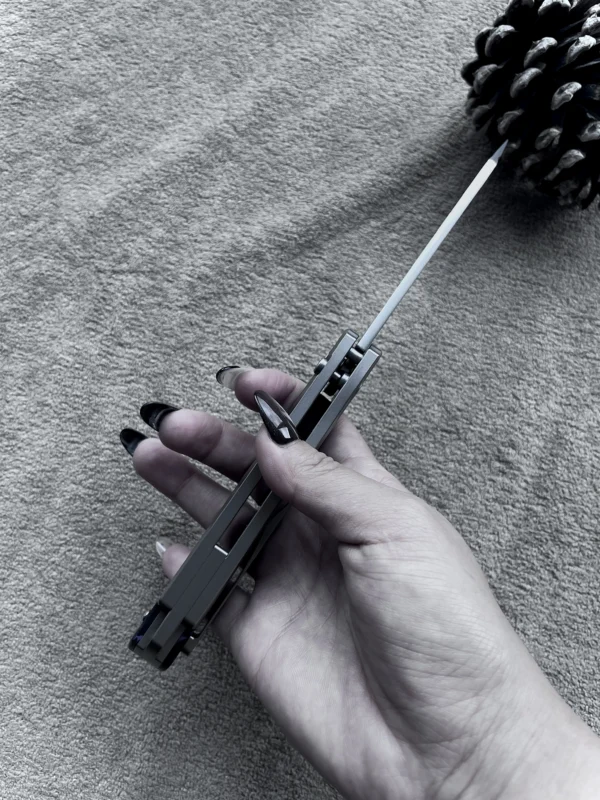
Ancient Origins: The Earliest Folding Knives
The distinction for creating the first folding knives likely belongs to ancient civilizations that had developed sufficient metallurgical skills to craft iron blades and mechanical hinges. Archaeological excavations have revealed several candidates for the title of “oldest folding knife”:
The Hallstatt Culture Knives (600-500 BCE): Discovered in what is now Austria, these Iron Age folding knives featured a simple iron blade that pivoted into a handle made of wood or bone. Named after the Hallstatt region where they were found, these knives represented a significant technological advancement from fixed-blade tools.
Etruscan Folding Knives: Contemporary with the Hallstatt artifacts, the sophisticated Etruscan civilization in the Italian peninsula produced folding knives with bronze handles and iron blades. These often displayed more decorative elements, suggesting they served both practical and status-symbol purposes.
Roman Empire Pocket Knives: As metallurgy advanced, Roman craftsmen created increasingly sophisticated folding knives. The Roman “cultellus” (small knife) often featured folding mechanisms, with some recovered from archaeological sites like Pompeii showing remarkable similarity to modern slip-joint designs.
Design and Construction of Early Folding Knives
The first folding pocket knives shared several key characteristics that would define the category for centuries:
- Pivot Mechanism: Early knives used a simple pin or rivet that allowed the blade to swing freely when opened and fold into the handle when closed.
- Locking Systems: While crude by modern standards, some ancient folding knives incorporated basic locking mechanisms to keep the blade open during use. Others relied on friction or the user’s grip.
- Materials: Iron blades became standard, with handles crafted from wood, bone, or occasionally more precious materials for wealthy owners.
- Size: These knives were deliberately made small enough to carry comfortably, typically measuring 3-5 inches when closed.
The Spread and Evolution of Folding Knives
As trade routes expanded and metallurgical knowledge spread, folding knife technology disseminated across Europe and Asia:
Viking Era (793-1066 CE): Norse craftsmen produced distinctive folding knives often carried in leather sheaths. These tools served both as everyday implements and as backup weapons.
Medieval Europe: By the Middle Ages, folding knives had become common among all social classes. Peasants carried simple wooden-handled models while nobility might own versions with carved ivory or precious metal handles.
Islamic World: Middle Eastern knife-makers developed sophisticated folding mechanisms, with some designs eventually influencing European cutlery through trade and cultural exchange.
Why the Folding Knife Endured
The persistence of the basic folding knife design for over 2,500 years speaks to its perfect balance of utility and convenience:
- Portability: The ability to safely carry a sharp blade without a sheath revolutionized daily life for everyone from farmers to merchants.
- Versatility: Folding knives served countless functions – food preparation, crafting, personal grooming, and even surgical procedures in ancient medicine.
- Safety: The folding mechanism protected both the blade and the carrier, a significant advantage over fixed-blade alternatives.
- Discretion: Unlike swords or large knives, folding knives could be carried without appearing overtly armed, making them socially acceptable in most contexts.
Modern Descendants of Ancient Designs
Contemporary pocket knives – from Swiss Army knives to high-tech tactical folders – maintain the same basic principles established by those first Iron Age innovators. The enduring legacy of the folding pocket knife reminds us that truly great designs stand the test of time, adapting to new materials and manufacturing techniques while remaining faithful to their original purpose: providing a sharp edge exactly when and where it’s needed.
From ancient Austrian hills to the pockets of 21st-century hikers and craftsmen, the folding pocket knife’s journey through history demonstrates humanity’s endless ingenuity in creating tools that make daily life not just possible, but more convenient and efficient.

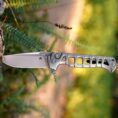
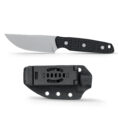
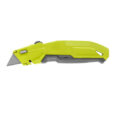
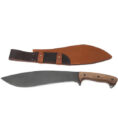
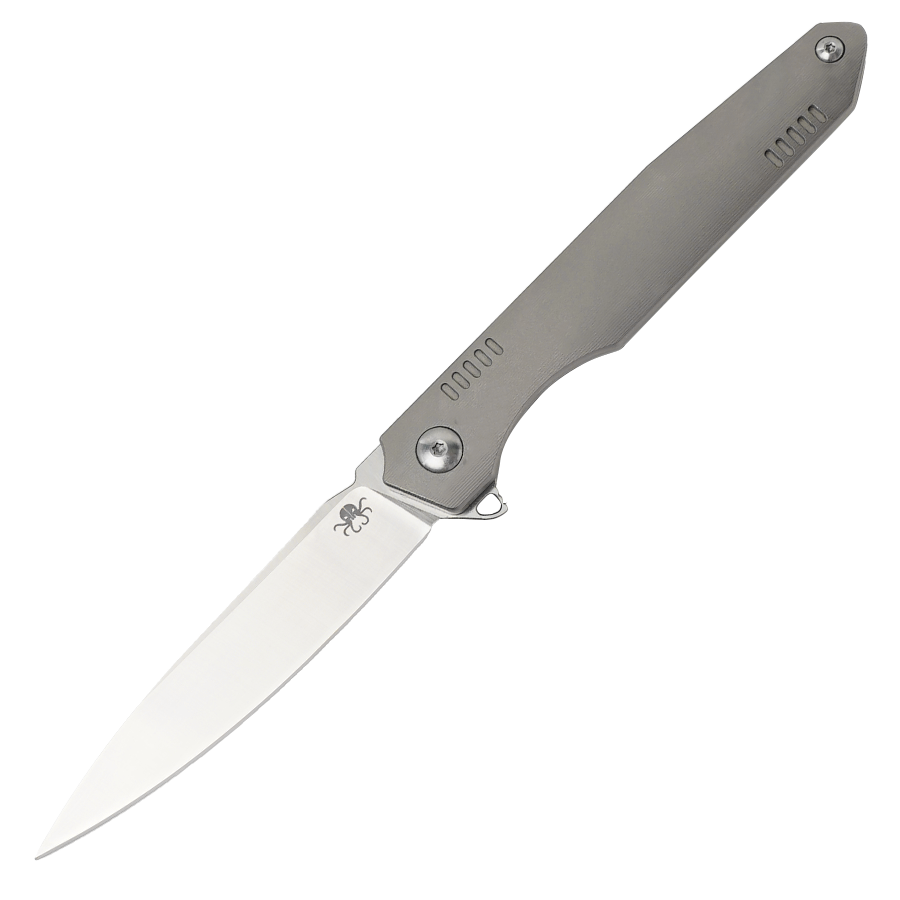

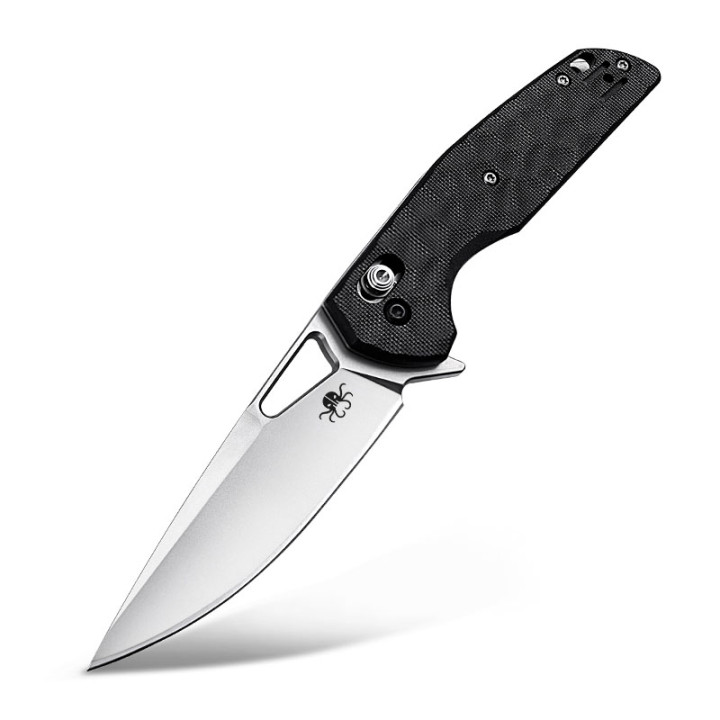
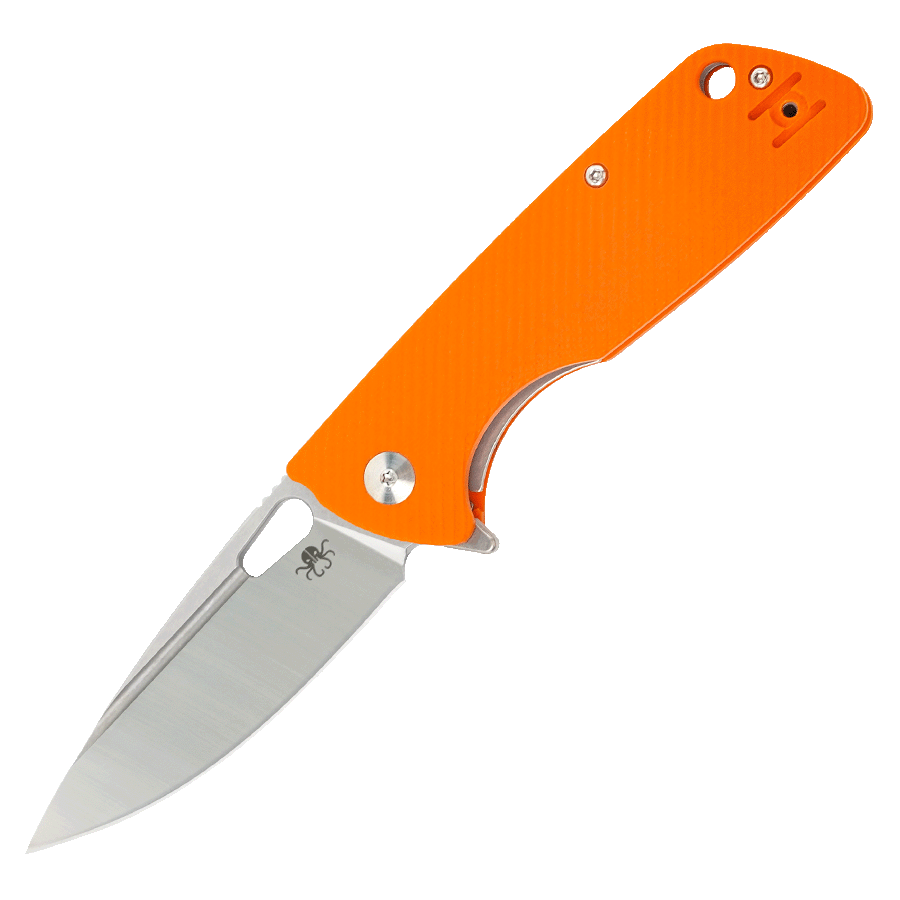







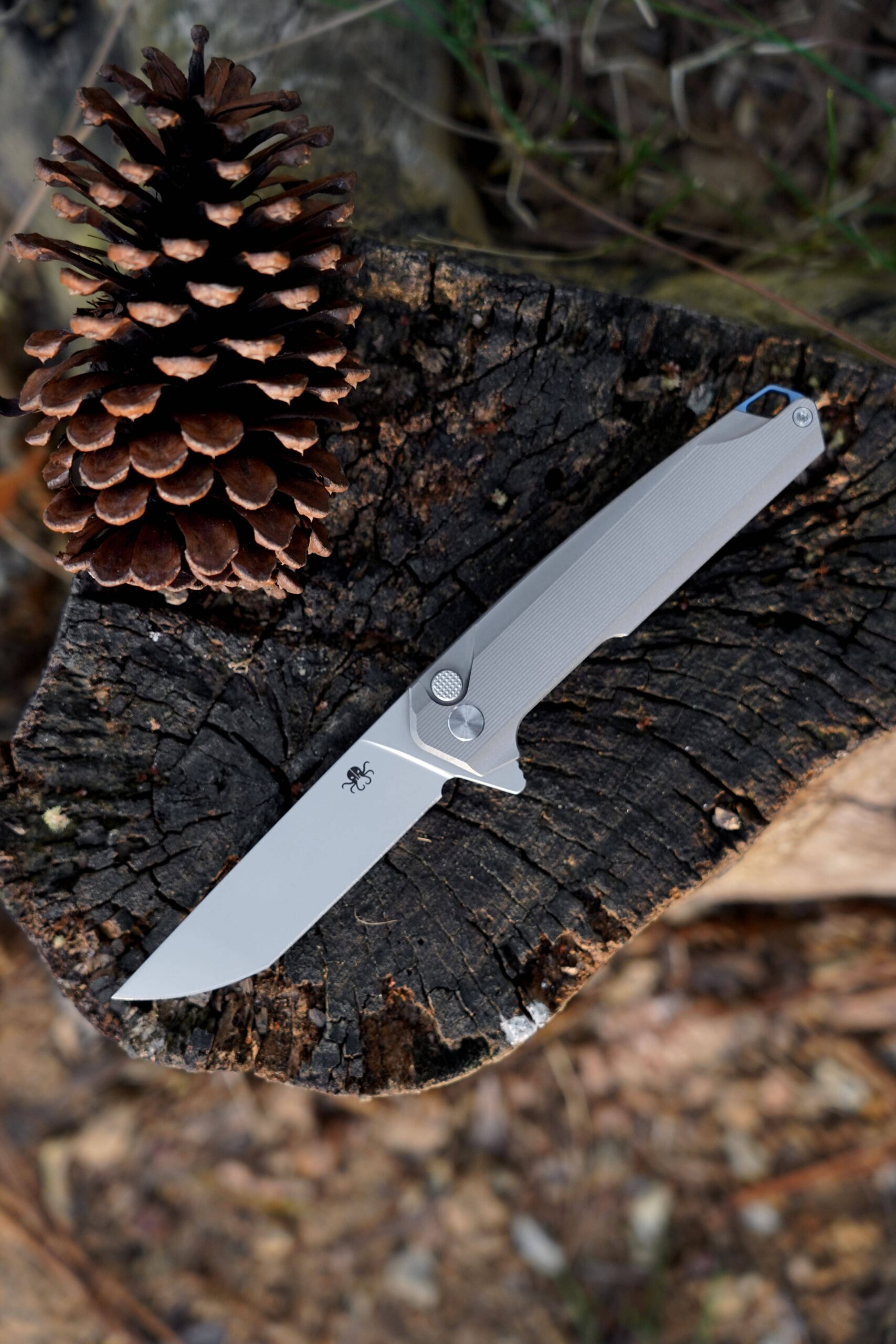
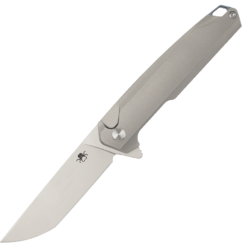
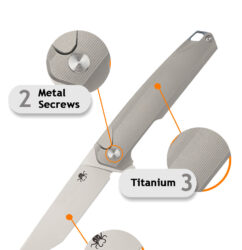
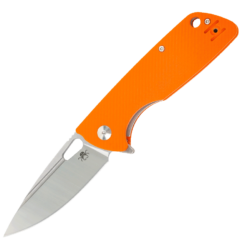
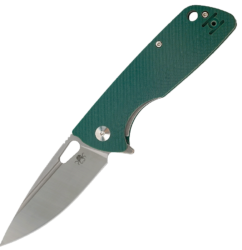
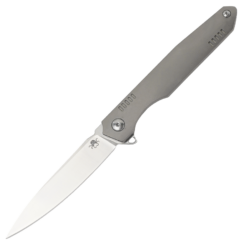
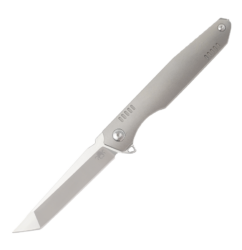
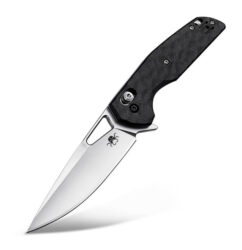

The folding pocket knife is a testament to human ingenuity and practicality. Its design has remained largely unchanged for thousands of years, proving its effectiveness and convenience. From ancient civilizations to modern times, it has adapted to new materials and manufacturing techniques while staying true to its original purpose. The oldest examples dating back to the pre-Roman era highlight its long-standing importance in human history. What makes the folding pocket knife so enduring and universally useful?
Some folding knives have premium blade like M390 and D2 steel.Besides, folding knives have pratctical handle that is easy to everyday carry. G10 is a kind of good handle.